How LinkedIn’s Algorithm Works, According to the LinkedIn Team
LinkedIn’s algorithm has always been a bit of a mystery — until now.
The social media platform recently underwent some key algorithm changes, and the team (Dan Roth, editor-in-chief, and Alice Xiong, a product management director) sat down with Entrepreneur to explain them.
In this article, we’ll highlight the key points from the team’s interview about the LinkedIn algorithm and share practical tips for applying this knowledge to your content.
How the LinkedIn algorithm works
Unlike YouTube and Instagram, which have their Shorts and Reels and Explore Page, LinkedIn feeds you content primarily from one place — your Feed. When you type in the LinkedIn URL, this is the landing page, so it’s your first impression of all the content on the platform.
With over 1 billion members and the number of daily posts in the millions, if not billions, there’s no way around it: relevant content is key.
The promise of the algorithm is that if you create quality content relevant to a specific audience, they will see your content. The reverse is true for your audience of LinkedIn users: what they engage with is what they’ll see.
If you always engage with B2B marketing content, you’ll see more of that on your Feed. If you always post about B2B marketing, your target audience will inevitably see more of your content. And the more niche your approach is, the better the algorithm can direct your content to the top of the right Feeds.
With this context in mind, all the updates are in service of getting the right content in front of the right audience.
Virality is not a factor in the algorithm
Before, the LinkedIn algorithm amplified the most engaging (viral) content. When work and personal lives merged a few years ago, the platform saw an influx of personal content reminiscent of what you’d see on Facebook.
With the change in posting style, membership and engagement grew, but it also caused a lot of irrelevant, low-quality content to float to the top of users’ Feeds. So, with the algorithm updates, viral content is more likely to hurt your visibility and engagement than help it. It might start hitting Feeds where it isn’t relevant, and not getting much engagement beyond reactions.
Recommended Story For You :
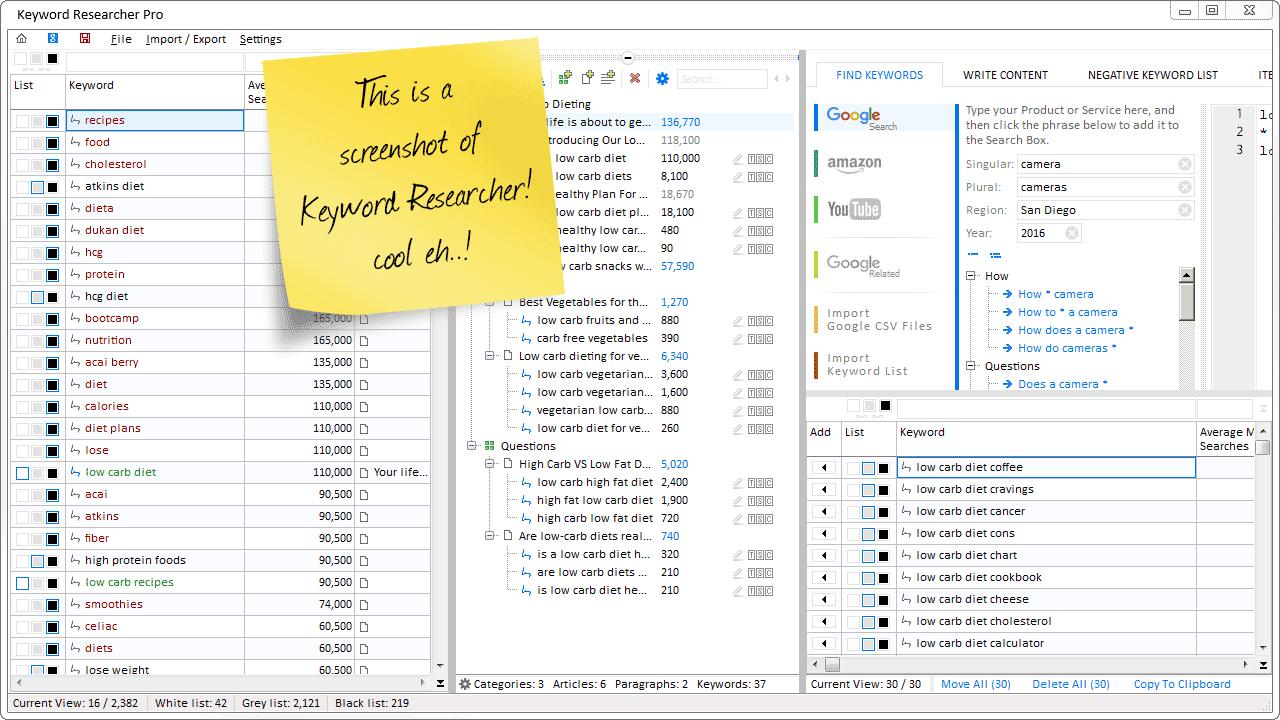 computers-internet
computers-internet
Organize Keywords and Import CSV Files from the Google Keyword Planner
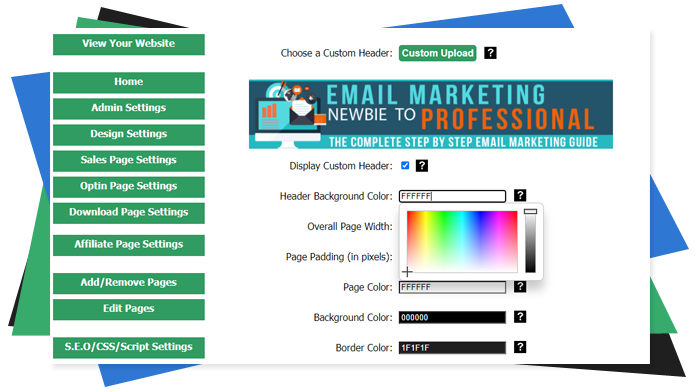 computers-internet
computers-internet
The Most Affordable And Easiest User Friendly Page Builder You Will Ever Use!
 computers-internet
computers-internet
Instant WordPress Theme That Matches Your Website
 computers-internet
computers-internet
Wizard to Manage Remote Backend MS Access Database Tables Fields and Indexes
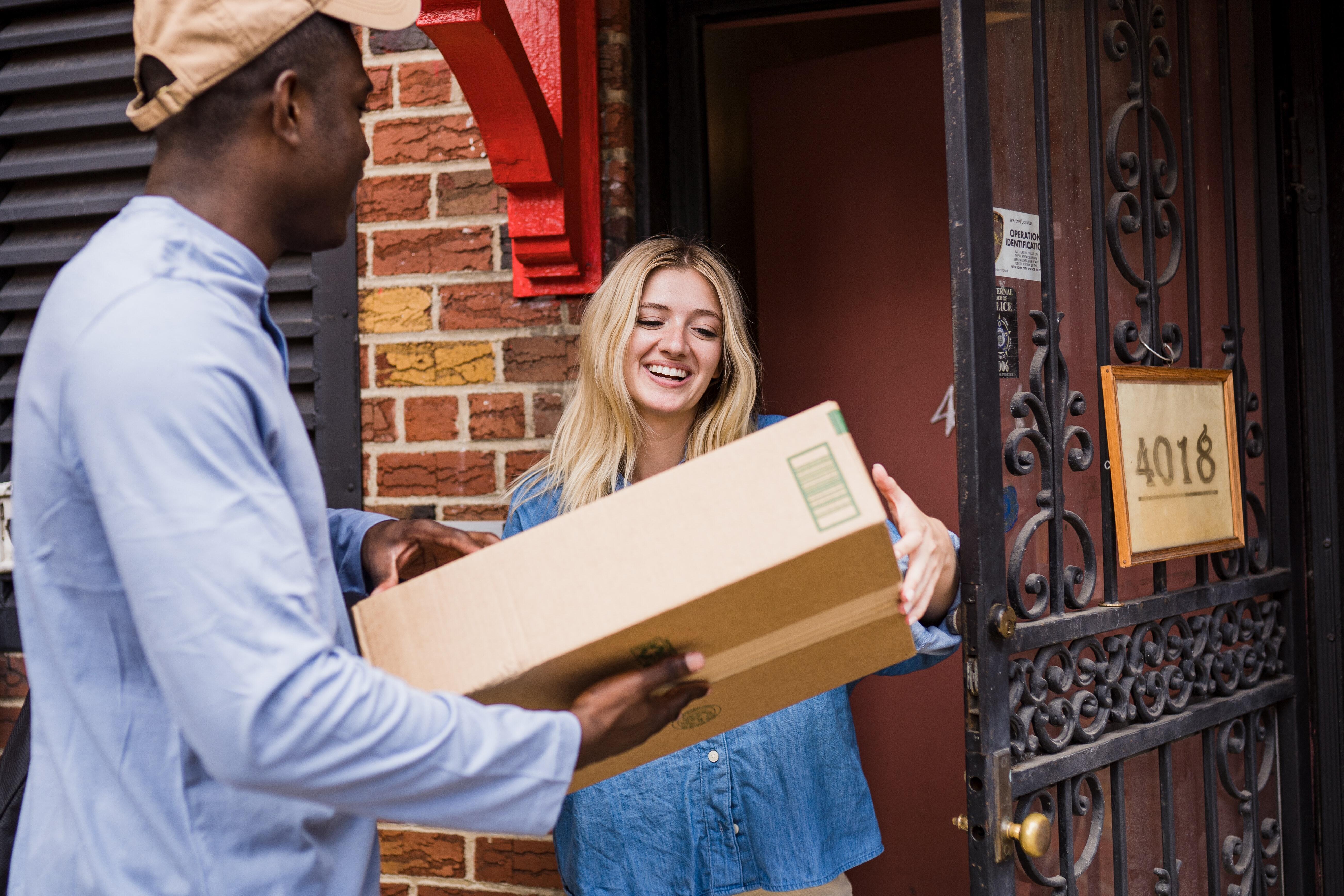 computers-internet
computers-internet
If you had an aisle-by-aisle grocery list wouldn't you spend less money on impulse items?
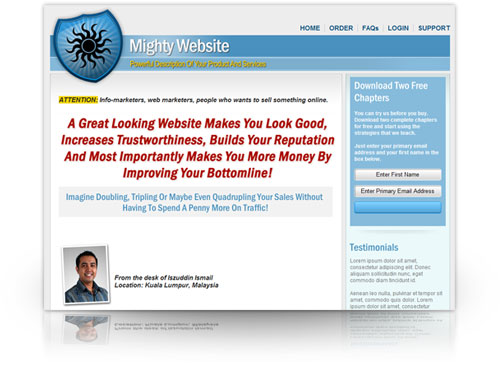 computers-internet
computers-internet
everything you need to create a professional corporate look mini-site is there.
 computers-internet
computers-internet
Unlock Your Networking Potential with GNS3Vault
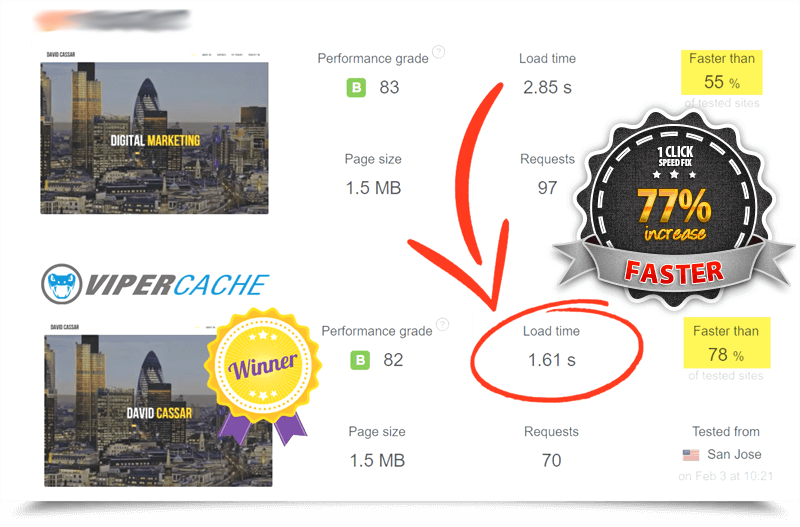 computers-internet
computers-internet
Viper Cache Was 77% Faster Than The Competetion
 computers-internet
computers-internet
Understanding Stock Market Shorting eBook
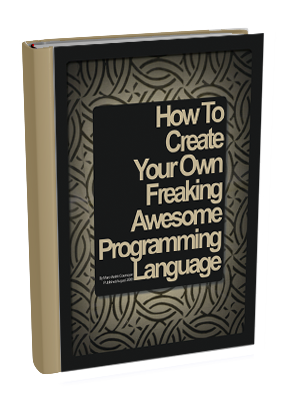 computers-internet
computers-internet
Creating your first programming language is easier than you think.

Organize Keywords and Import CSV Files from the Google Keyword Planner

The Most Affordable And Easiest User Friendly Page Builder You Will Ever Use!

Instant WordPress Theme That Matches Your Website

Wizard to Manage Remote Backend MS Access Database Tables Fields and Indexes

If you had an aisle-by-aisle grocery list wouldn't you spend less money on impulse items?

everything you need to create a professional corporate look mini-site is there.

Unlock Your Networking Potential with GNS3Vault

Viper Cache Was 77% Faster Than The Competetion

Understanding Stock Market Shorting eBook


